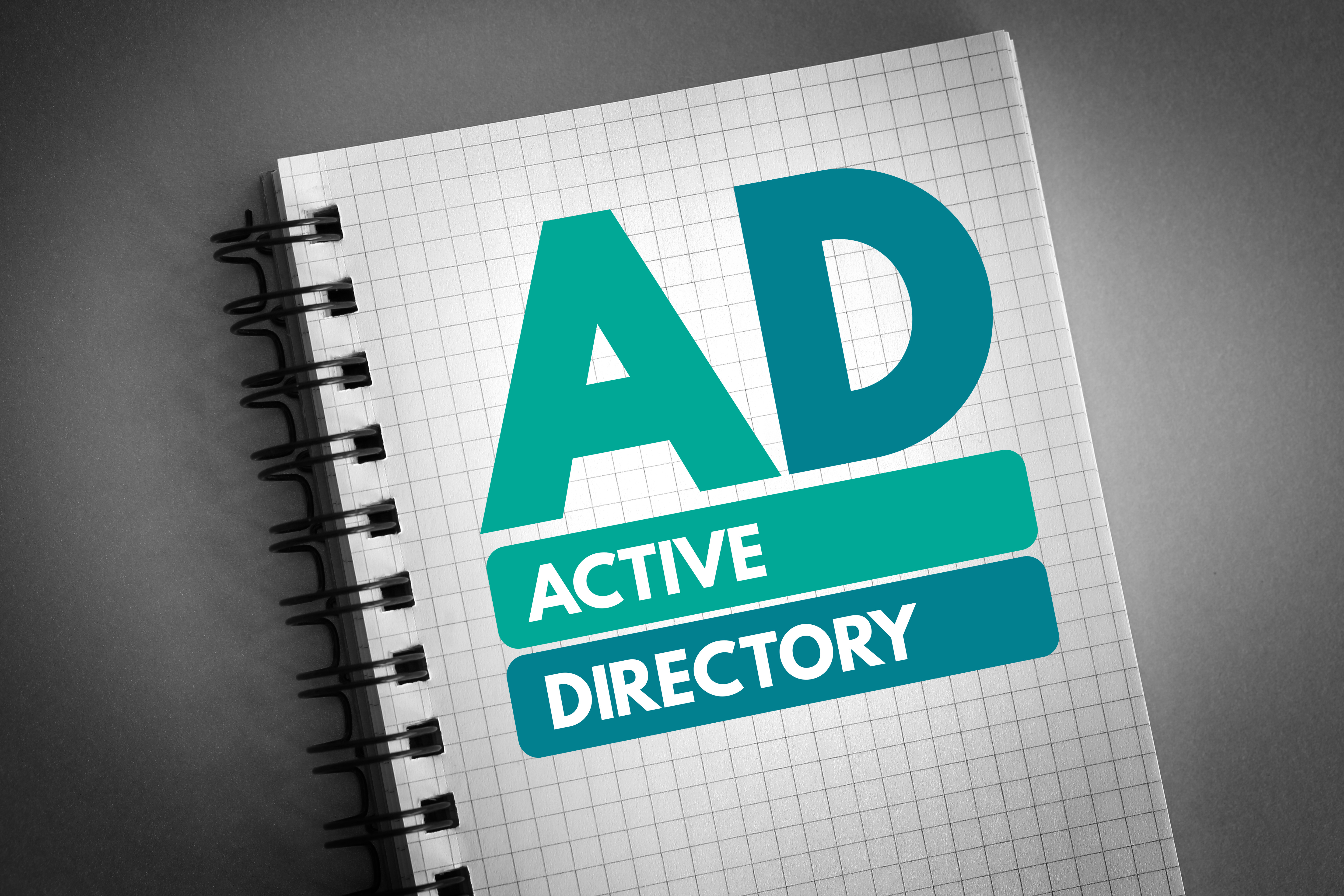Configuring Port Forwarding in Windows Using NETSH
November 17, 2023
Port forwarding is a technique used to direct network traffic from one network port to another. In Windows, the NETSH (Network Shell) command-line tool can be used to set up port forwarding. This article provides a detailed guide for system administrators on how to configure port forwarding using NETSH, a task essential for various network management and troubleshooting scenarios.
Understanding…


